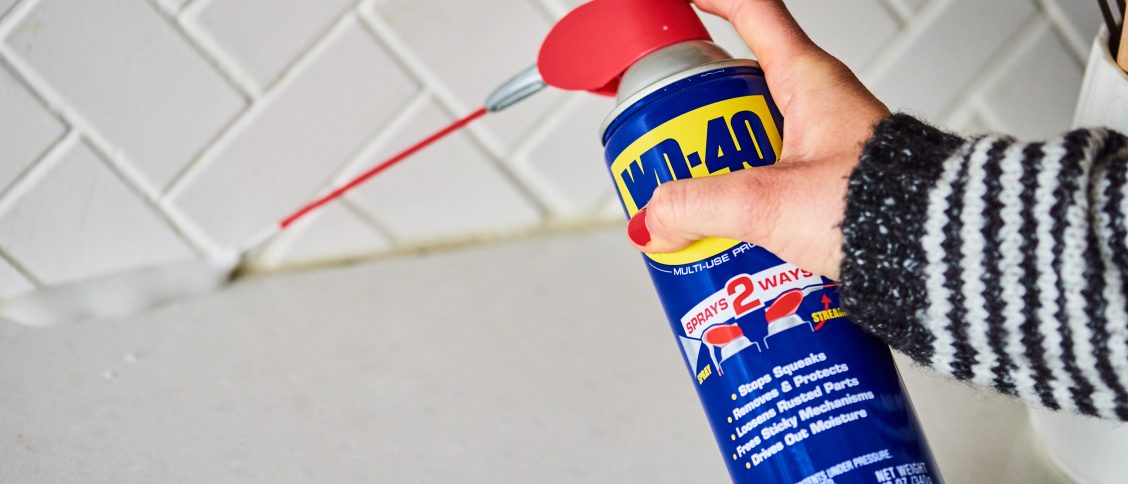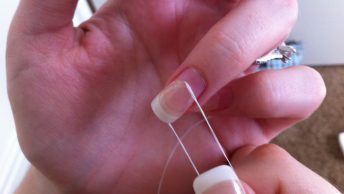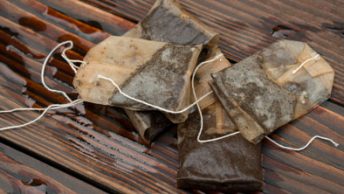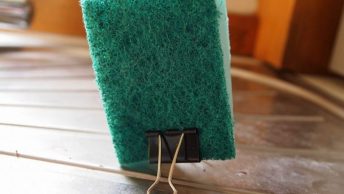Popular WD-40 spray is a water-displacing spray made by the WD-40 brand established in San Diego, California. WD-40 is popularly known as a corrosion inhibitor.
It is famous for the removal of rust and is known as a rust dissolver or solvent. It is effective in displacing rust or moisture and can lubricate almost any possible thing. But surprisingly, its list of uses isn’t so small, WD-40 has so vast uses.
Check out this article to come across WD-40 uses, tips, and tricks. Next time you pick up this spray, you will do it for amazing uses mentioned below-
Paint removal from cars-
In case, your car just got hit or scrubbed by another and there is paint residue that is hard to remove, you must be worried. This paint is hard to remove with soap water.
Perhaps, it will just stay and rubbing will make the situation even worse. WD-40 comes for your rescue here. Just spray it on the affected area of your car. Let it sit for a few seconds. Then wipe with a clean cloth. You will be surprised by the amazing results.
Loosen bolts– Spray is effective in loosening up tight bolts.
Protects wooden handled tools-
This spray can be used to keep wooden handled tools as good as new even after years of use. Take some spray, apply to the wooden area and rub it a little. This helps in keeping away moisture or any corrosive materials. The wood surface becomes smooth, shiny, and splinter-free.
Remove carpet stains-
People usually suffer from this problem. They get harsh stains of tea, coffee, drinks, etc on the carpet which are hard to remove. The hidden use of this spray is marvelous in this case. Just spray some on the stain leaves for a few seconds. Use warm soapy water to clean it with a sponge.
Snow builds up on windows-
People residing in colder climates have been suffering from this problem for years. Who knew anti-corrosive spray could be an effective solution. Just spray it on window panes before snowfall. Snow will not stick on glass and just slide down.
Spiders at bay-
Are you fed up with spiders in your home? Spray some WD-40 on door frames, windowsills, or any area where spiders can be found. This lubricant stops them from building web and hence they will go away eventually.
Stop nest building of insects-
In summers, insects build their nests near our homes. This can be dangerous sometimes with insects so close to you. WD-40 helps prevent them from building nests in any area you spray them.
Squeaky Hinges-
Hinges that produce irritating sound whenever you move doors are so unwanted. Use Spray On such areas and then move it back and forth a few times. This ensures a proper spread of spray to all parts. Finally, squeaky hinges are a thing of the past.
Gum Removal-
This situation can be so irritating and leaves you with no option. Especially, kids stick gum here and there without even knowing the consequences. All you are left with is cutting that hair. But not now, spray creates a lubricative surface and allows the gum to slip off. This is a lifesaver.
Waterproof shoes and boots-
Going out in snow or rain are so fun and calming at the same time. But the situation of your shoes can strip all that happiness. This spray keeps away any material or water sticking on the surface it is applied to. And shoes are no exception.
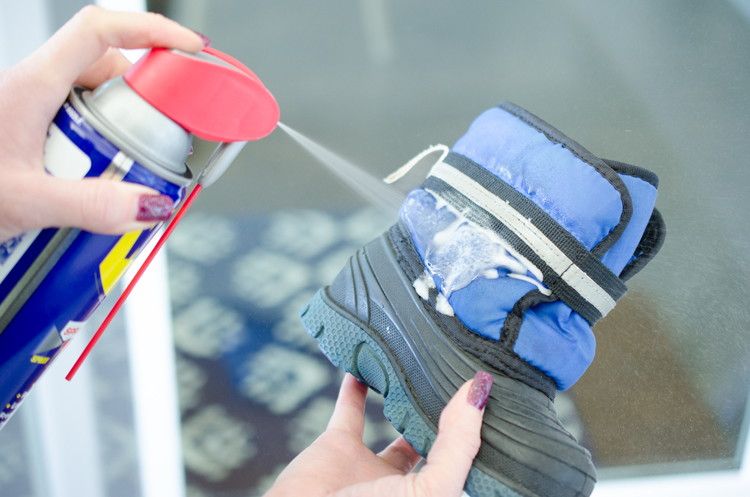
Use this on your shoes and step out to see the amazing results. Snow will not stick on your shoes anymore. Say goodbye to those wet shoes and socks due to snow.
Tight jewelry removal-
Sometimes, jewelry like rings gets stuck in fingers. usage of moisturizers or oils gives no results. This spray can be quite helpful though. Just spray and rub a little and watch jewelry finally slipping out.
Loosen zipper-
Stuck zippers can be easily made to work again in seconds with spray usage. Next time you come across one, keep this multipurpose spray in mind.
Turn Baseball gloves into new-
Even an overused baseball glove can be turned into a new one with this spray. Put the glove in your hand and they spray it over it. After putting it in the palm, fold it sideways.
The spray is effective in softening the texture of leather. Keep the glove in such a position that you desire it to be. Use a thread to tie it up and leave overnight. The leather will set and you get a new glove to play with.
Must Read: How to Clean White Converse Shoes
Remove scuff marks on the floor-
Mops are so ineffective sometimes in scuff removal. Those do not go and stay there to make your floor imperfect. Spray, however, is a great tool to get rid of them. Spray, rub, and wipe it clean rag to get a flawlessly finished floor.
Oil spot cleanser-
Garage floor gets dirty with soil marks of gas. These marks are hard to remove. But never when you have WD-40 spray in your hand. It removes stains so easily and effortlessly.
Remove Sticky residue-
Residue left after removal of stickers or an adhesive material that is hard to get rid of. It does get washed away easily. You need to put a lot of time into cleaning the surface perfectly. This spray does your work in seconds. So why waste so much time.
Kill weeds– Amazing and surprising use of the spray is to kill weeds.
Toilet cleanser– Wash of those dirty lime stains in seconds with the spray.
Dye removal– Dyes from hair stain towels usually. The spray can be used to get clean and flawless towels.
Crayon cleaner-
Kids show their creativity no matter what surface is. Walls are their number one target. As a parent, the spray is a magical potion for you. Use it to get clean and spot free walls.
Follow these tips and tricks to use WD-40 spray not only for loosening bolts or preventing corrosion. It is laced with a huge number of benefits. It is effective and great for your daily use in households.

